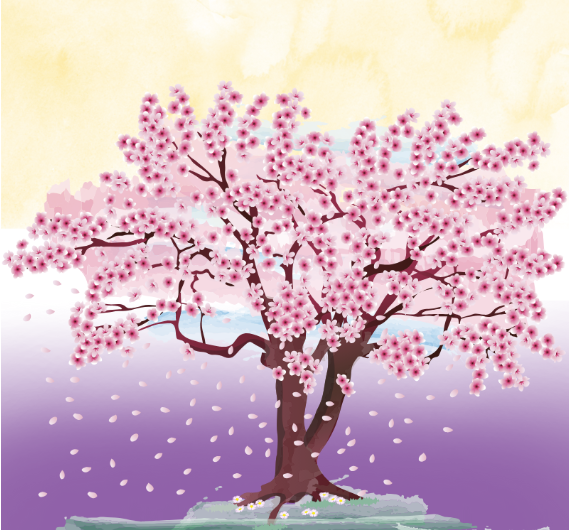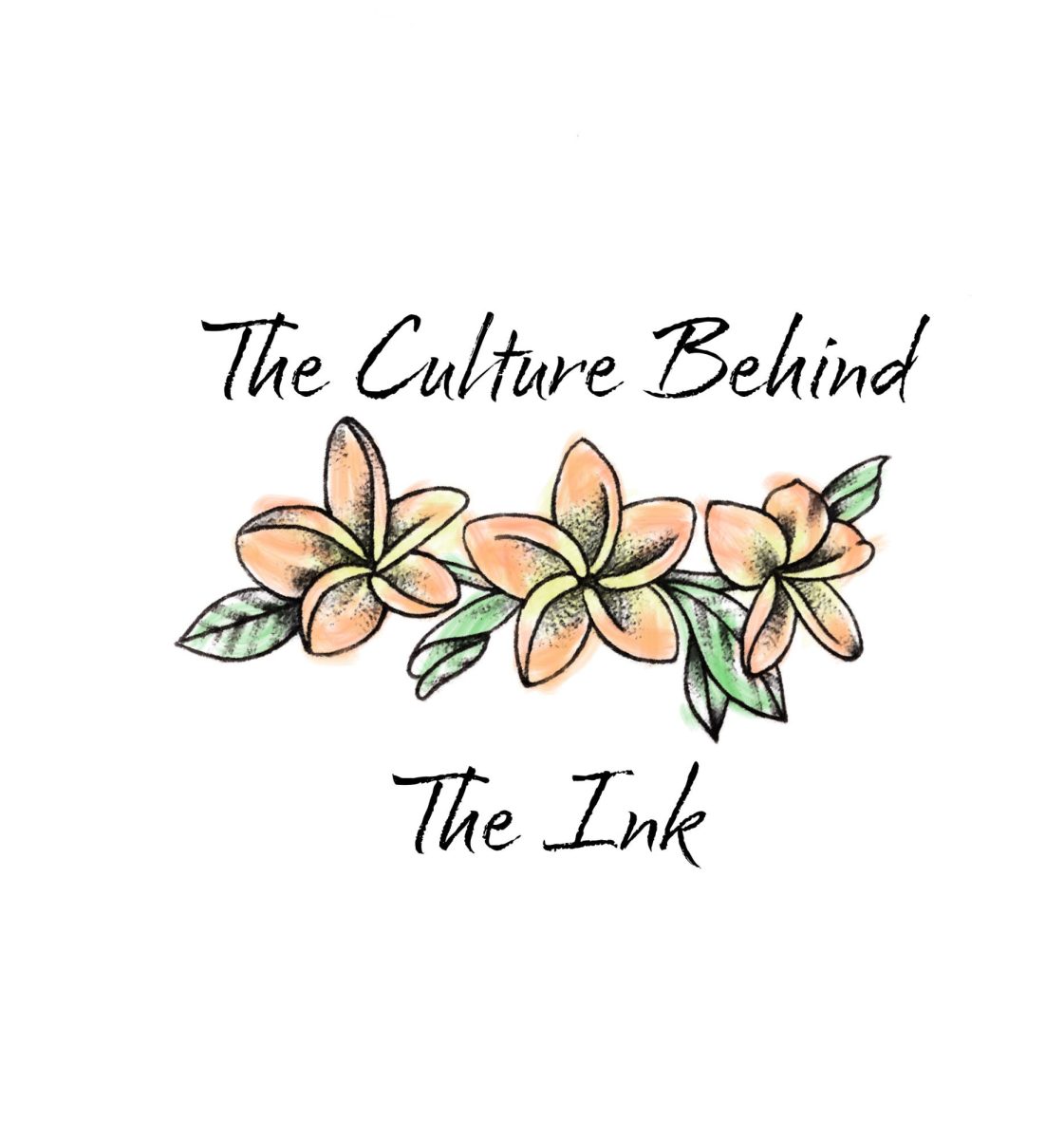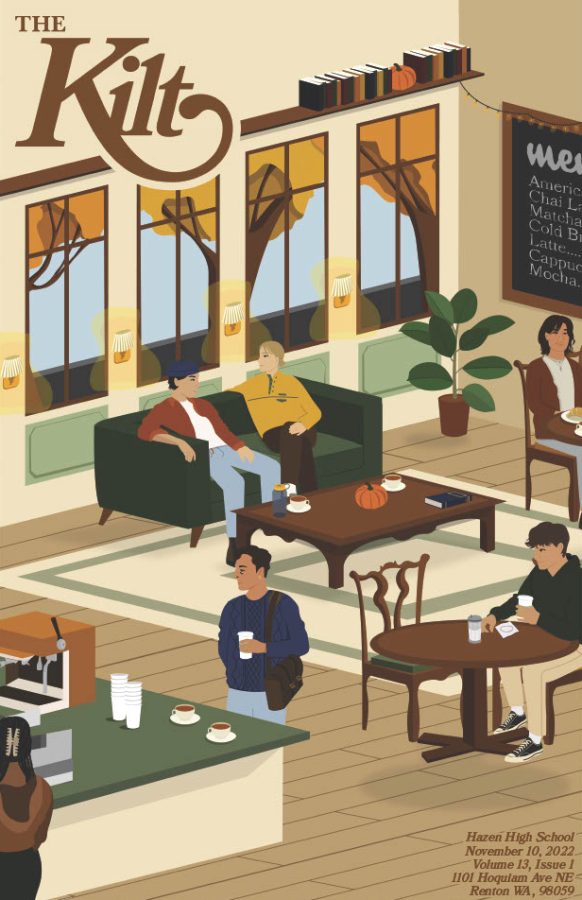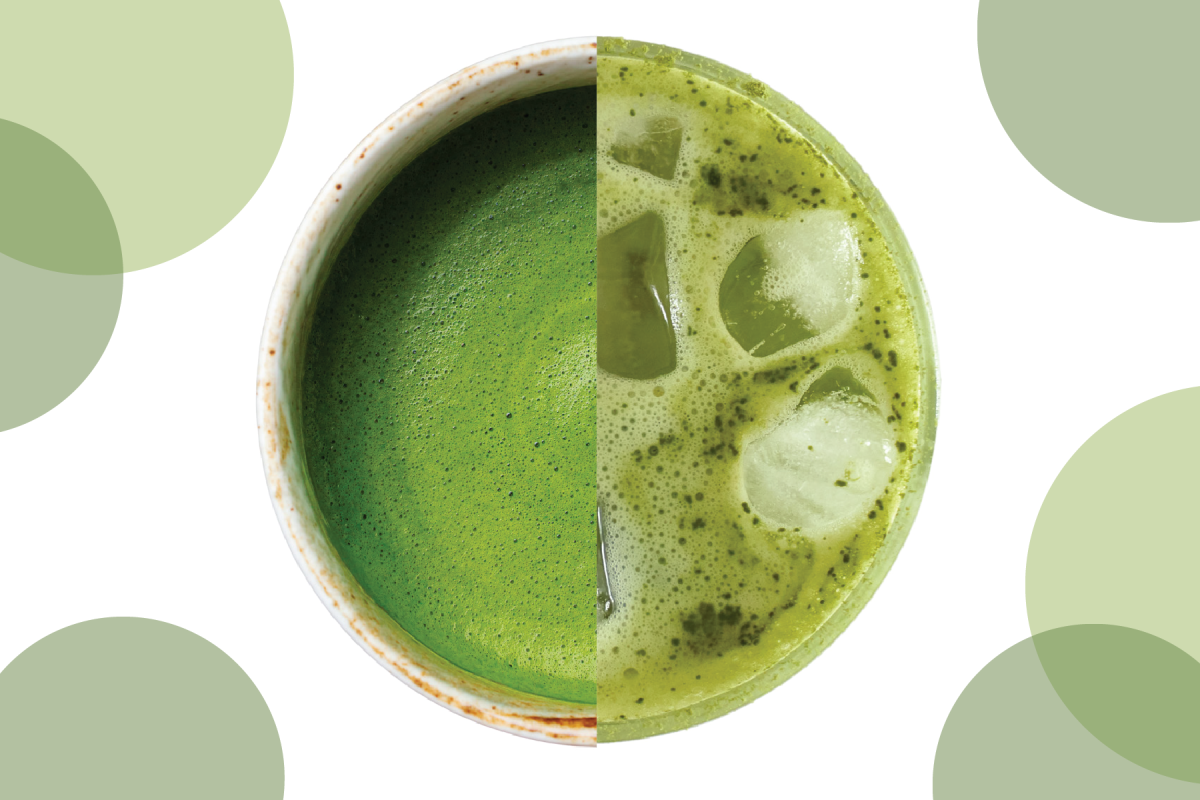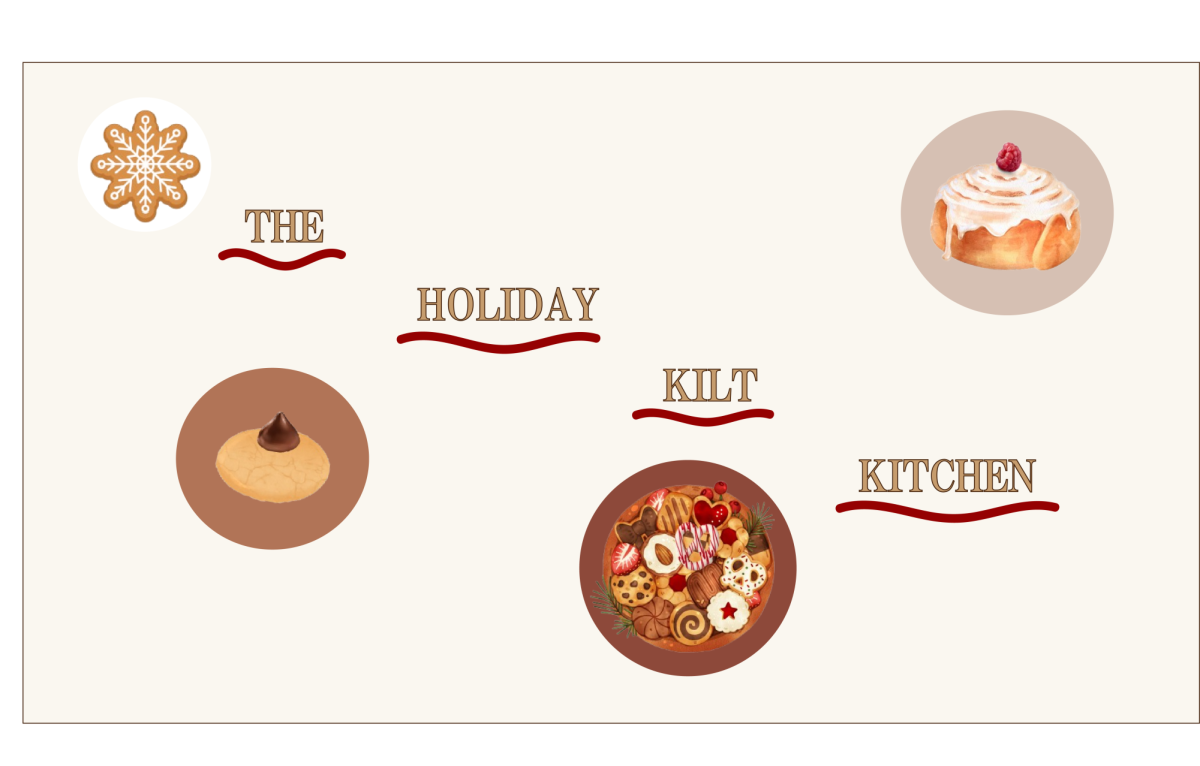Vibrant shades of green have been infiltrating everyday foods and beverages—the culprit is matcha, a powder made from finely ground camellia sinensis leaves. Originating from China and Japan, the sacred powder has evolved to be widely consumed for its health benefits, aesthetics, and versatility. This traditionally earthy, slightly bitter drink, with notes of umami has been transformed to fit various flavor pallets.
History
Chinese Origin:
Where did this mysterious green powder come from? Tea drinking began in China for its medicinal qualities. During the Tang Dynasty, new tea-drinking forms such as “compressed tea” and “brick tea” emerged. The tea was formed into a brick for the ease of transportation and trade. As brick tea was prepared by grinding it into powder, it bears similar qualities to the modern-day matcha powder. These teas were considered to help cleanse the spirit, a luxury item reserved for the upper class. Ultimately, Chinese tea styles evolved into the loose-leaf teas seen today.
Japanese Origin:
A Japanese Zen Buddhist monk, Eisai, visited China during the Song Dynasty, where he was introduced to the practice of matcha consumption. Eisai brought home seeds from China, cultivating the tea plant and tea-drinking culture in Japan. The ritual of grinding tea leaves and using a bamboo whisk to mix the powder with warm water is considered a key tradition in Japanese culture. During the Muromachi period, matcha was consumed by high-status people, such as the samurai. The samurai consumed matcha after surviving bloodshed as a means to repair their mental state, concentration, and mood. Tea gatherings also became a popular form of social engagement. Eventually, with increased foreign interactions in the Edo and Meiji periods, matcha became accessible to the common people and gained global recognition.
Japanese Tea Ceremony:
Matcha manifests itself in Japanese culture through their sacred tea ceremonies known as chado in Japanese. This ceremony is representative of the Japanese values of mindfulness, respect, and harmony. The meticulous ritual is interconnected with Zen principles, acting as a spiritual practice that emphasizes simplicity and tranquility. It also encourages the idea of wabi-sabi, appreciating imperfection.
The chado ceremony occurs in tea houses called chashitsu. Surrounding the tea house is a lush garden full of plants, stones, and often a water feature. The structure of the tea house directly reflects simplicity and serenity. It is built with wood and bamboo with a tatami mat floor and wooden beams on the interior.
The ceremony itself relies on a host who describes each step of the process while serving the guests the tea. Typically, there are two types of matcha tea served: koicha (thick tea) and usucha (thin tea). This meditative and grounding experience is now sought out by anyone from tourists, tea enthusiasts, business professionals, and students to those interested in spirituality or Zen Buddhism and locals seeking tradition or community.
Modern-day
Health Benefits:
Recently, matcha consumption has been on the rise globally, and the reason remains a mystery. However, matcha’s high nutritional value and health benefits could be a leading cause for popularity, especially within the health and wellness community.
As matcha is made by grinding up the entire leaf, it is more dense in nutrients compared to other brewed teas. Matcha is rich in antioxidants, vitamins, and minerals. Antioxidants neutralize free radicals in the body, which is known to reduce the risk of heart disease, cancer, and diabetes. Matcha is also said to boost metabolism and the fat-burning process due to its combination of caffeine and EGCG (antioxidant) content, which helps enhance the body’s calorie-burning process. Additionally, the L-theanine amino acid in matcha can promote relaxation without the effects of drowsiness. This also balances out the stimulating effects and jitteriness that often come with caffeine consumed from coffee.
Aesthetics:
Matcha is a sensation online, as the therapeutic process of preparing matcha has contributed to calming and aesthetically pleasing content on social media. Many also share their personal recipes for the perfect matcha latte recipes or matcha-flavored baked goods. Everything from blueberry syrup matcha lattes, matcha cookies, and brownies, to cakes and tiramisu, there is a recipe to fuel the matcha craze.
The love for matcha is reflected in cafes and restaurants as they incorporate new matcha flavored drinks and desserts to their menus. There are even cafes serving an all-matcha menu, such as Nana’s Green Tea Cafe, Matcha Magic, Matcha Cafe Maiko, and more. These elaborate matcha parfaits, ice cream cones, and pastries continue to grow in popularity as these picture-perfect items blow up on social media.
Versatility:
The versatility of matcha also adds to its appeal. Matcha is categorized into three grades: culinary, latte, and ceremonial. Culinary grade matcha is harvested the latest, resulting in a lighter green color, most often used for cooking and baking. Latte-grade matcha, as its name suggests, is used in drinks as it has a stronger bitter taste that is better accompanied by a splash of milk and sweetener. Ceremonial grade matcha is the highest level of matcha in its purest form. It is made by harvesting the youngest leaves, creating the most vibrant green pigment due to the lack of sunlight exposure. Ceremonial grade matcha is most commonly consumed in its original form, frothed with water.
Matcha can be enjoyed by many as it can be tailored to fit many preferences and palettes. Those who dislike its bitter taste can enjoy sweetened lattes and baked goods, while those who prefer the traditional earthy flavor can stick to the unsweetened drink or foods.
Conclusion
Although matcha has evolved to take on many new forms, its ability to bring people together to enjoy its rich flavor has remained the same. Whether matcha is consumed for grounding, spiritual purposes, or simply to appreciate its unique flavor, it can be enjoyed by anyone. While matcha continues to spread its charm, it remains a timeless symbol of tradition and connection.

